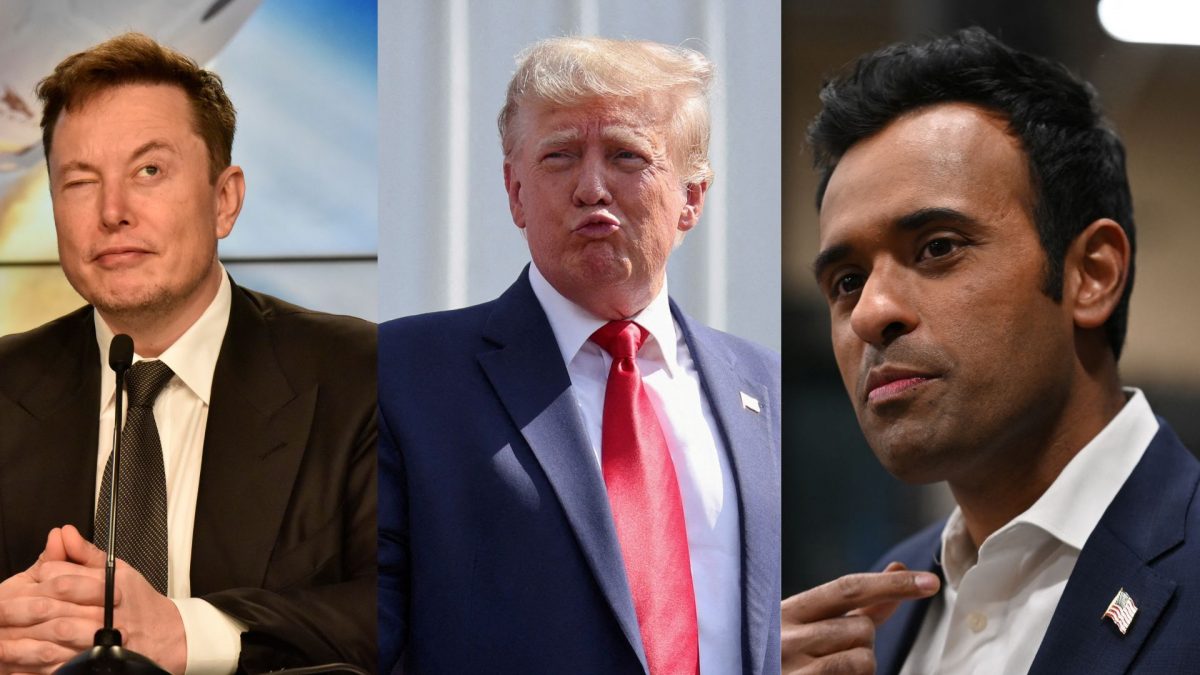) |
|
The recent proposal by Elon Musk and Vivek Ramaswamy to President-elect Donald Trump regarding the elimination of work-from-home provisions for federal employees has ignited a significant debate. Their suggestion, outlined within their so-called "DOGE plan" (Department of Government Efficiency), advocates for a mandatory five-day in-office workweek for all federal employees. This controversial plan, published in The Wall Street Journal, is framed as a means to streamline government operations and reduce costs. The argument presented by Musk and Ramaswamy centers on the idea that forcing a return to the office will lead to a self-selection process, with employees unwilling to comply leaving their positions. This, they believe, will be a positive outcome, ridding the government of less dedicated workers and saving taxpayer money.
The rationale behind the proposal is rooted in the personal experiences and philosophies of Musk and Ramaswamy. Both have publicly championed in-person work environments in their own companies, viewing remote work as potentially detrimental to productivity and team cohesion. Musk, in particular, has been vocal in his criticism of remote work, even going so far as to characterize the preference for it as a moral failing. However, this perspective overlooks the significant nuances surrounding the implementation and implications of such a drastic policy shift. The Office of Management and Budget (OMB) has reported that only around 50% of federal workers are even eligible for remote work, and of that eligible group, 60% already work primarily in person. This data directly contradicts the implicit assertion made by Musk and Ramaswamy that a massive number of federal employees are currently working remotely.
The pushback against the DOGE plan has been swift and substantial, primarily coming from unions representing federal employees. Everett Kelley, national president of the American Federation of Government Employees (AFGE), representing over 800,000 workers, has strongly challenged the accuracy of the underlying assumptions driving the proposal. Kelley argues that the data simply doesn’t support the claim of widespread remote work among federal employees. This highlights a crucial gap in the DOGE plan's analysis – the lack of consideration for the lived experiences and logistical challenges faced by many federal workers. The possibility of lengthy commutes, potentially exceeding two or three hours each way for some, has raised concerns about feasibility and the potential negative impact on work-life balance. This could lead to a decrease in morale, increased burnout, and potentially even higher employee turnover, thereby defeating the initial goal of the DOGE plan.
Furthermore, the broader context of the political landscape must be considered. This proposal emerges amidst a history of Republican-led efforts to scrutinize and challenge the Biden administration's approach to telework. This context adds another layer of complexity to the proposal, raising questions about whether the DOGE plan's primary motivation is genuine efficiency or serves a more overtly political agenda. The timing of the proposal, following a presidential election, further suggests that it may be strategically positioned to align with the new administration's perceived priorities. The proposal also advocates for 'large-scale firings' and relocation of government agencies outside Washington D.C., which further underscores the potentially disruptive and far-reaching consequences of the plan's full implementation.
The success or failure of the DOGE plan hinges on several crucial factors. Firstly, whether President-elect Trump fully embraces the radical recommendations of Musk and Ramaswamy remains to be seen. Even if adopted, the plan faces significant legal, logistical, and political hurdles. Challenging established employment practices and potentially displacing a large number of workers would almost certainly lead to legal battles and intense public scrutiny. It is also unlikely that the plan would be universally accepted, as the union's pushback suggests widespread opposition from affected workers. Moreover, whether the anticipated cost savings would actually materialize is debatable. While proponents might argue that eliminating less productive workers would lead to savings, the costs associated with recruitment, training, and potential legal challenges could potentially offset any projected savings.
In conclusion, while the DOGE plan proposes a seemingly simple solution to perceived inefficiencies in the federal workforce, a closer examination reveals a complex and potentially problematic set of assumptions and implications. The plan's focus on a blanket return to in-person work, coupled with large-scale firings, ignores the nuances of individual circumstances and the existing data on telework within the federal government. The potential negative impacts on employee morale, work-life balance, and the overall cost-effectiveness of the plan raise serious concerns. Ultimately, whether this plan will be implemented and, if so, its long-term consequences, remains to be seen, but the early reactions suggest a significant battle ahead.
Source: Musk, Ramaswamy advice Trump to end work-from-home provision for federal employees
